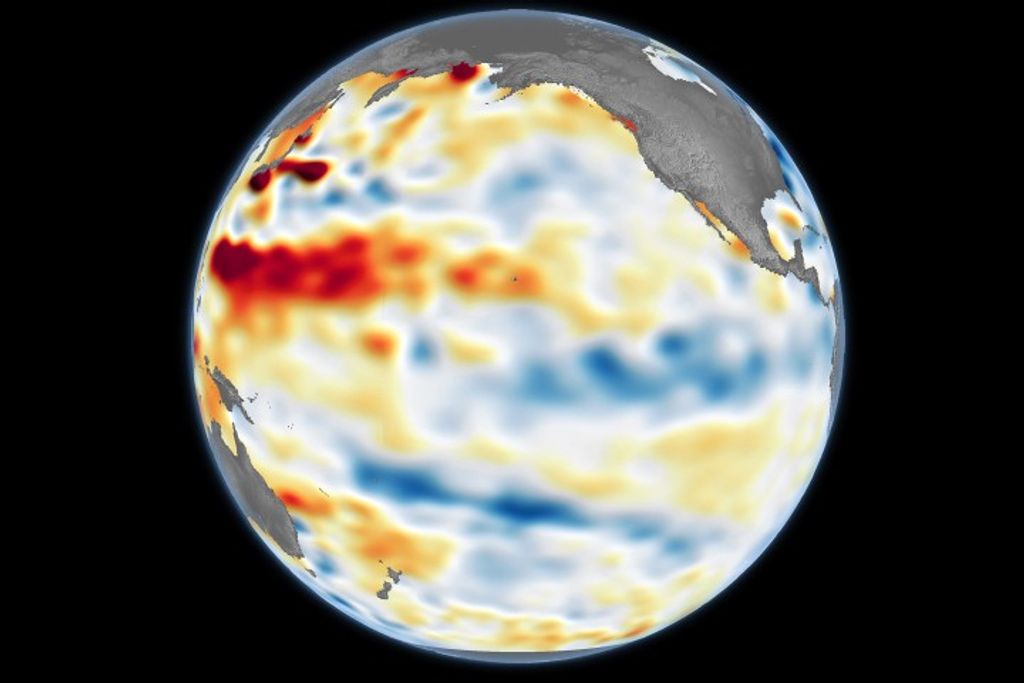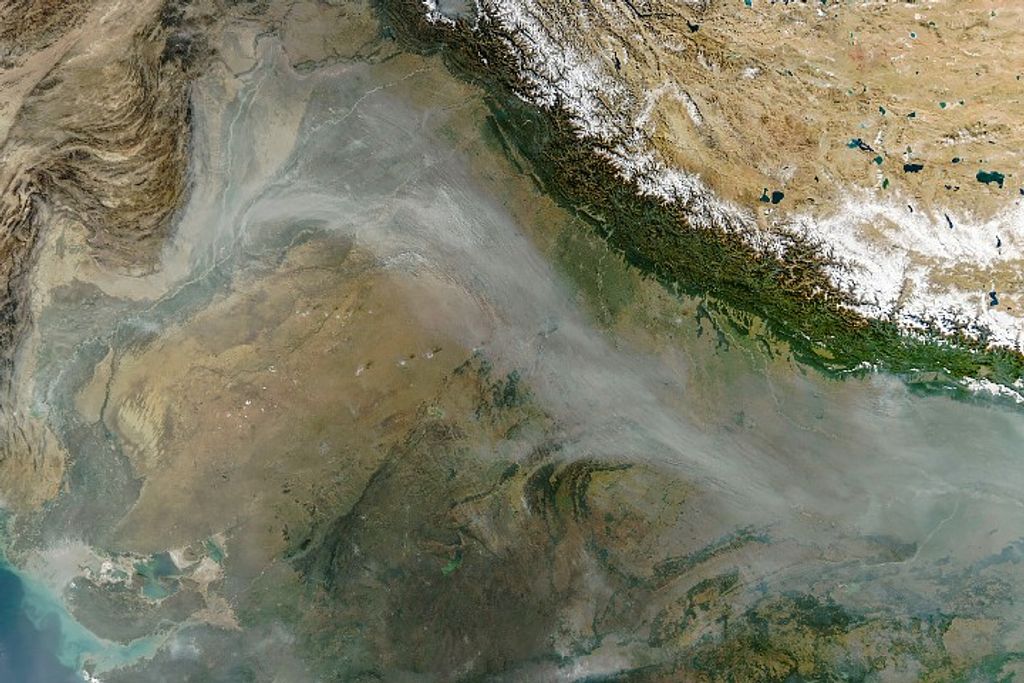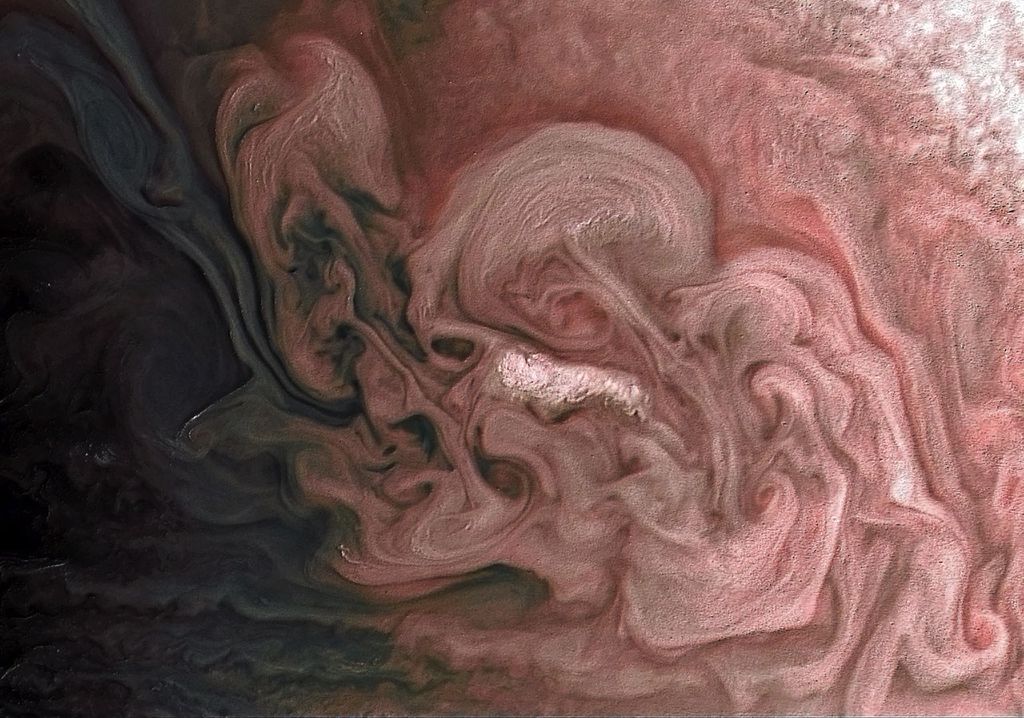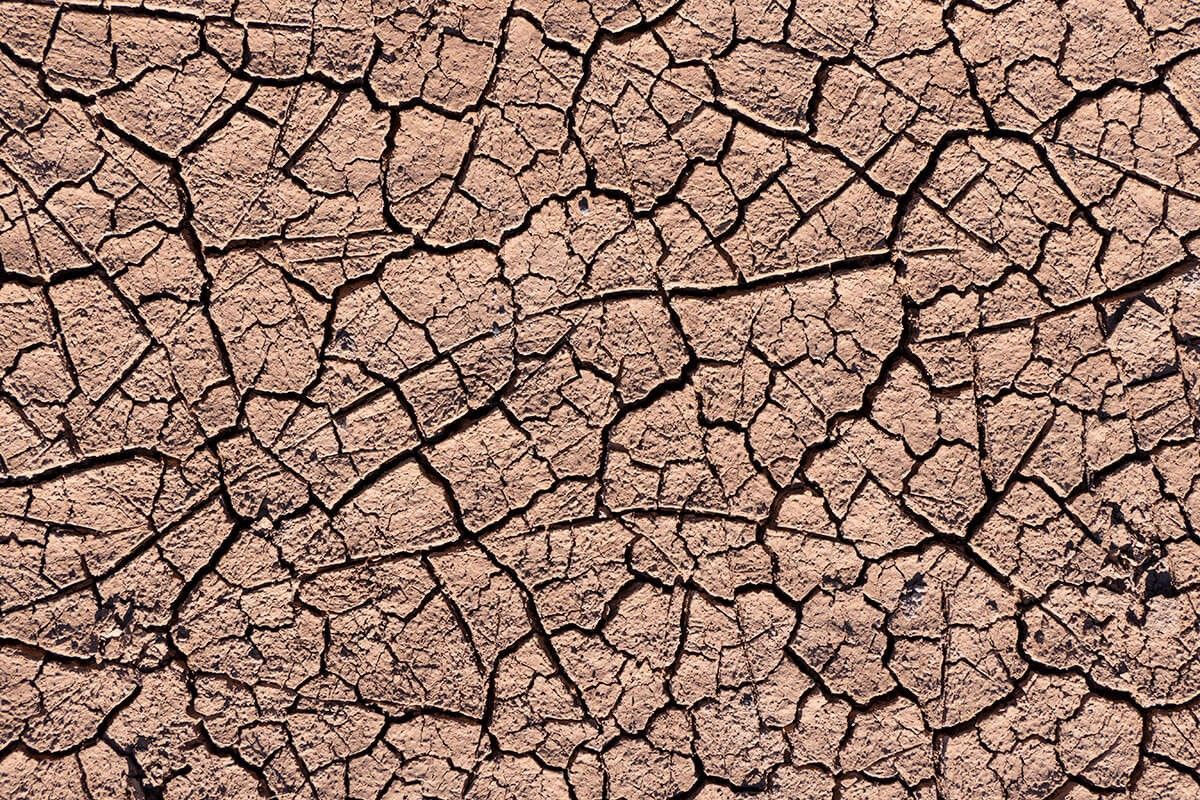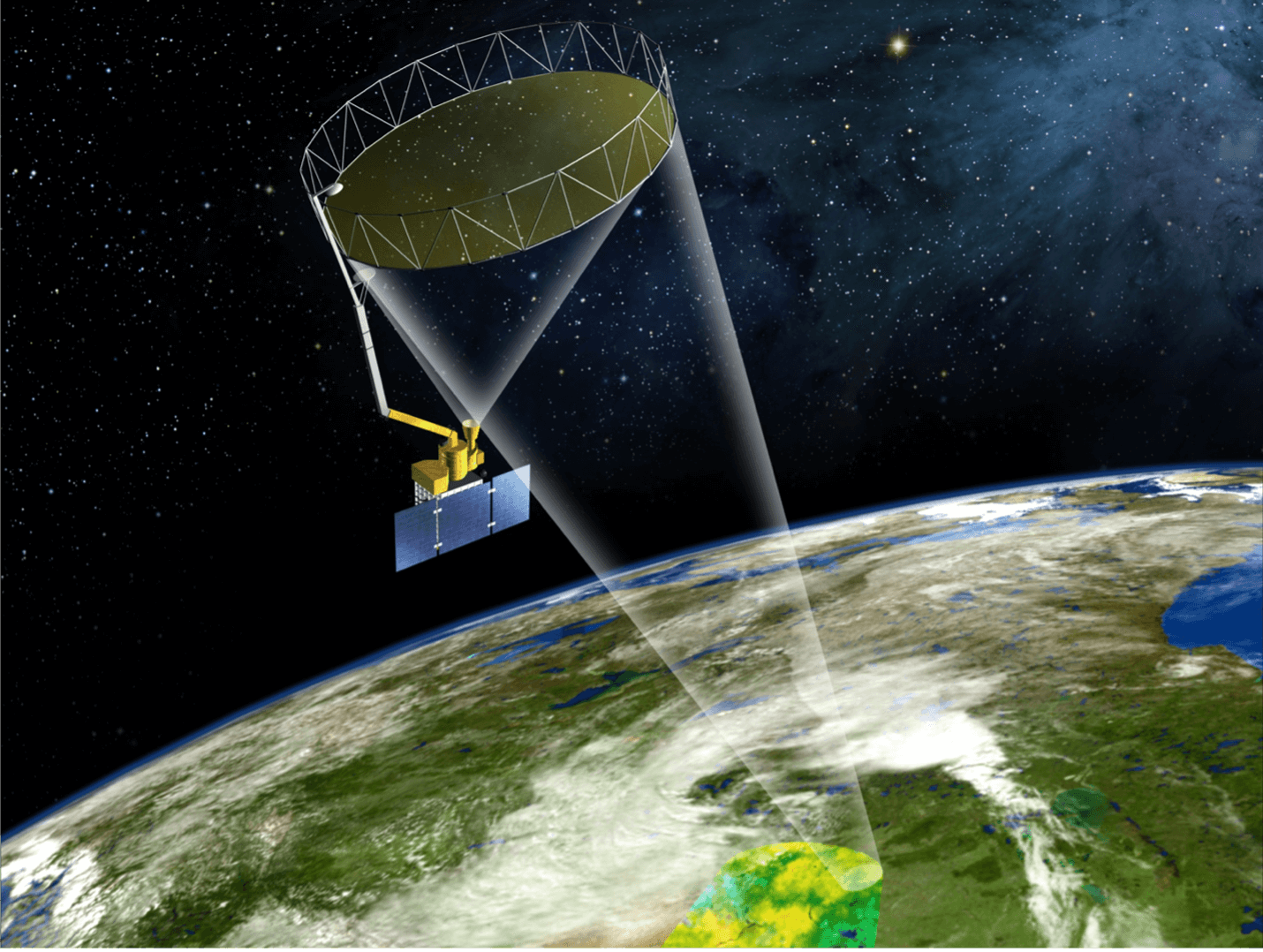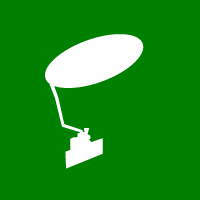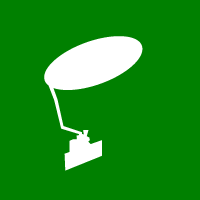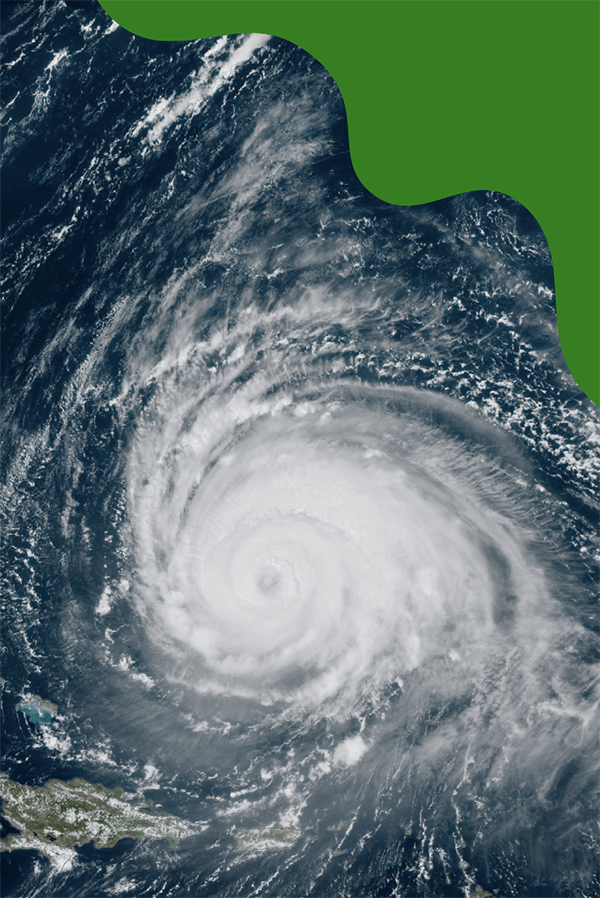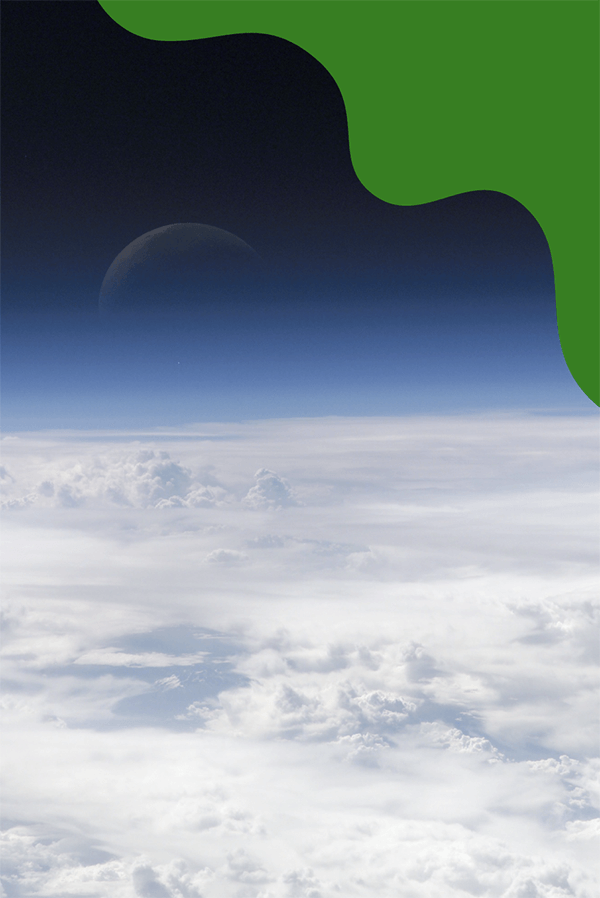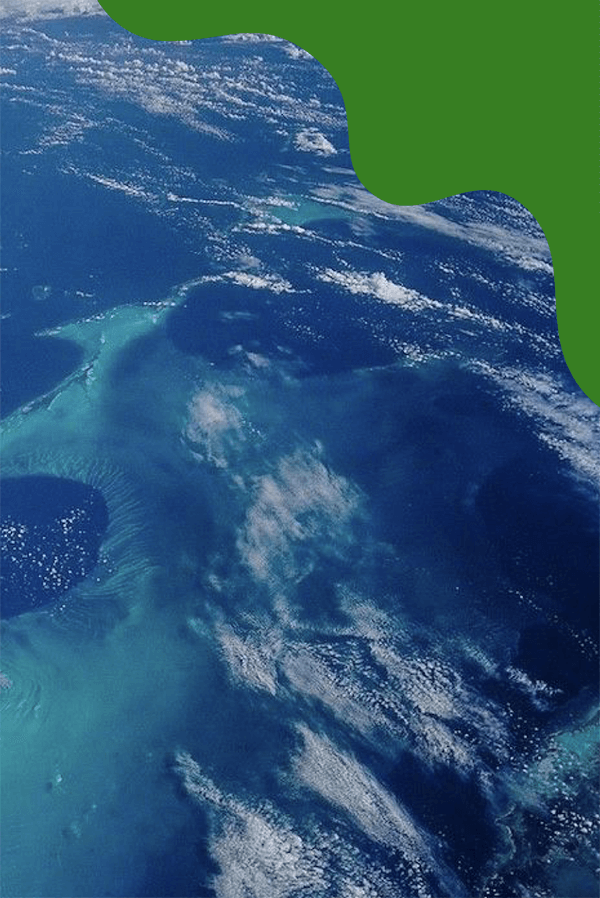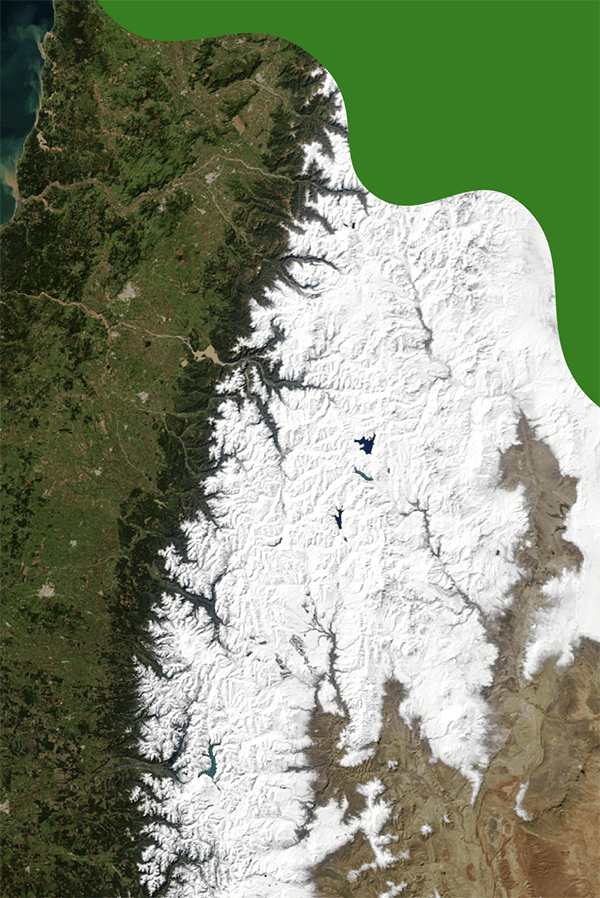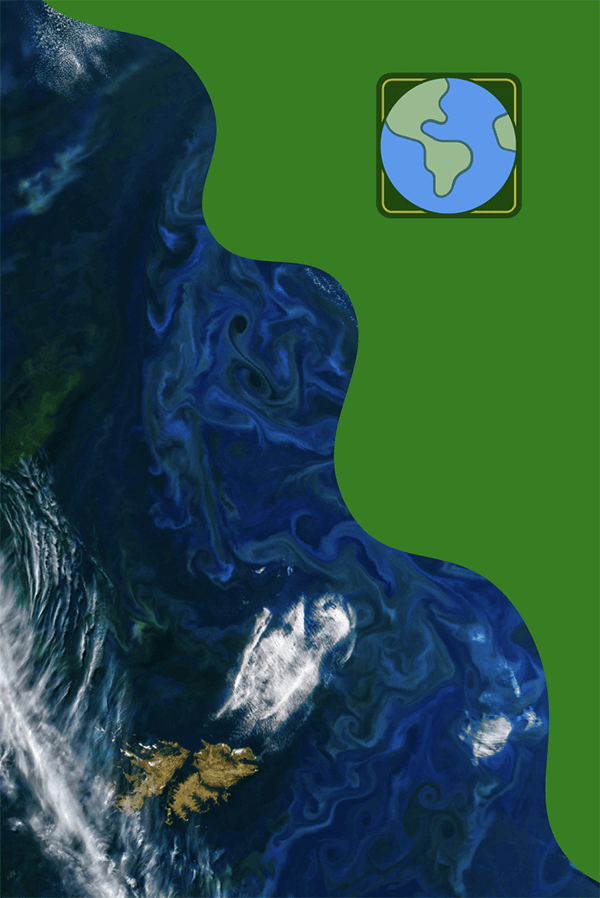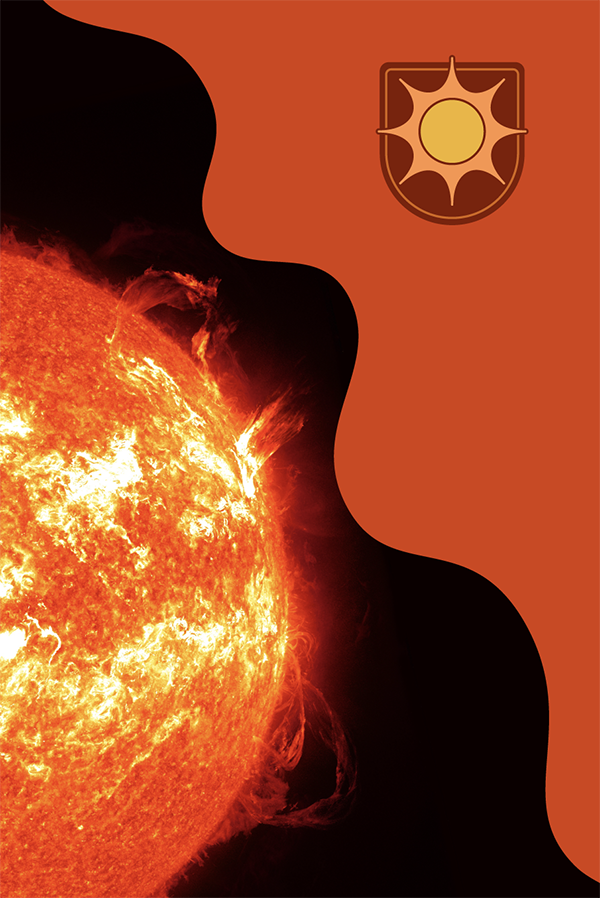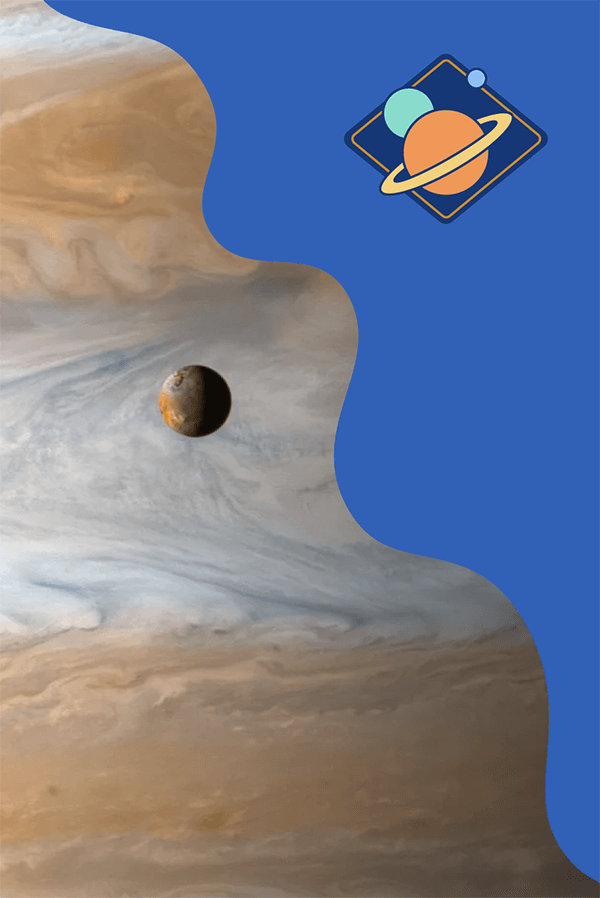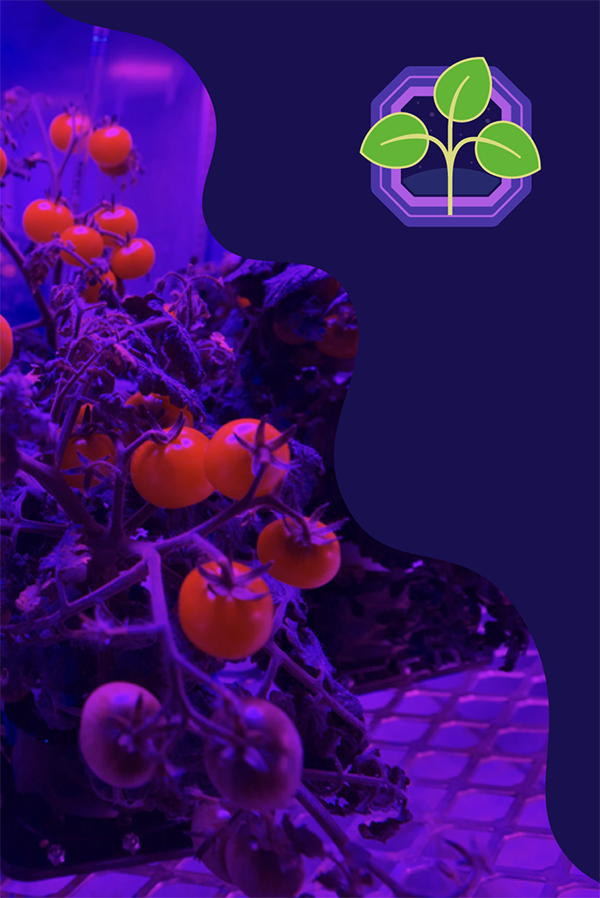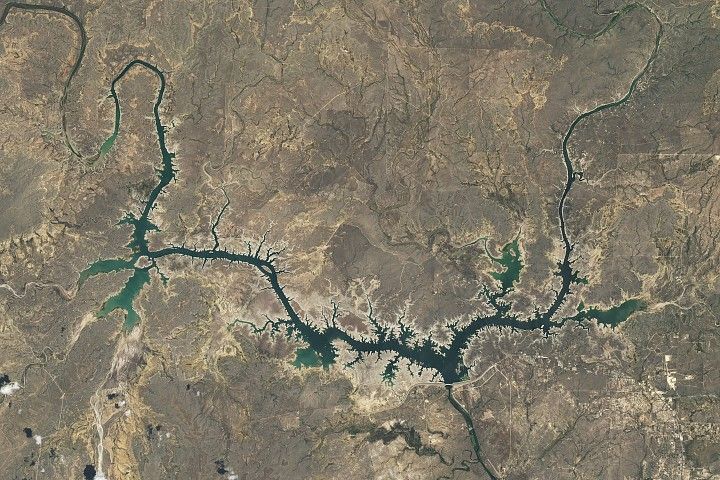

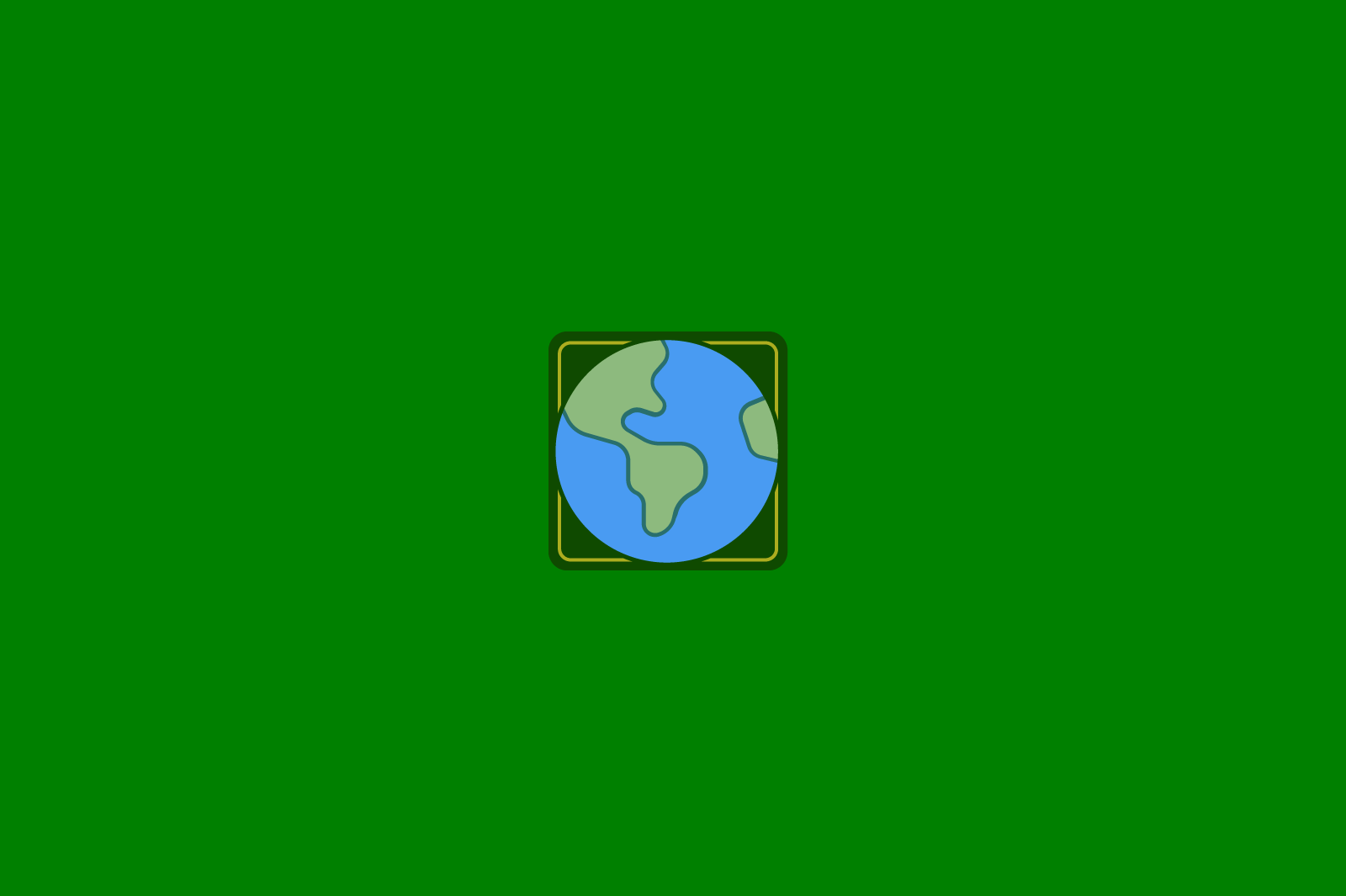
How Do We Know if We’re in a Drought?
Measuring how much water is in the soil can help us know when droughts are happening. A drought is when there is a long time (months, years, or decades) without much rain in an area. This matters because people need water to drink and farmers need it to grow the crops that feed us.
Rain, Rain, Come Back!
Rainy days can be a bit of a bummer. For many of us, a rainy day means being pent up inside and missing out on all kinds of fun outdoor activities. Canceled baseball games. No swinging at the playground. Who needs that?
Well, we all do, actually. Plants and animals, including humans, all need water to survive. Across Earth, some places are naturally wetter, like rainforests, and others are naturally drier, like deserts. Even though desert plants and animals are used to living off very little water, they still need some. But what happens when there is less and less water in any of these places?
This is known as a drought. Droughts happen when there is a long time -- think months, years, or even decades -- without much rain in an area. The lack of rain makes everything drier, including dirt and soil.
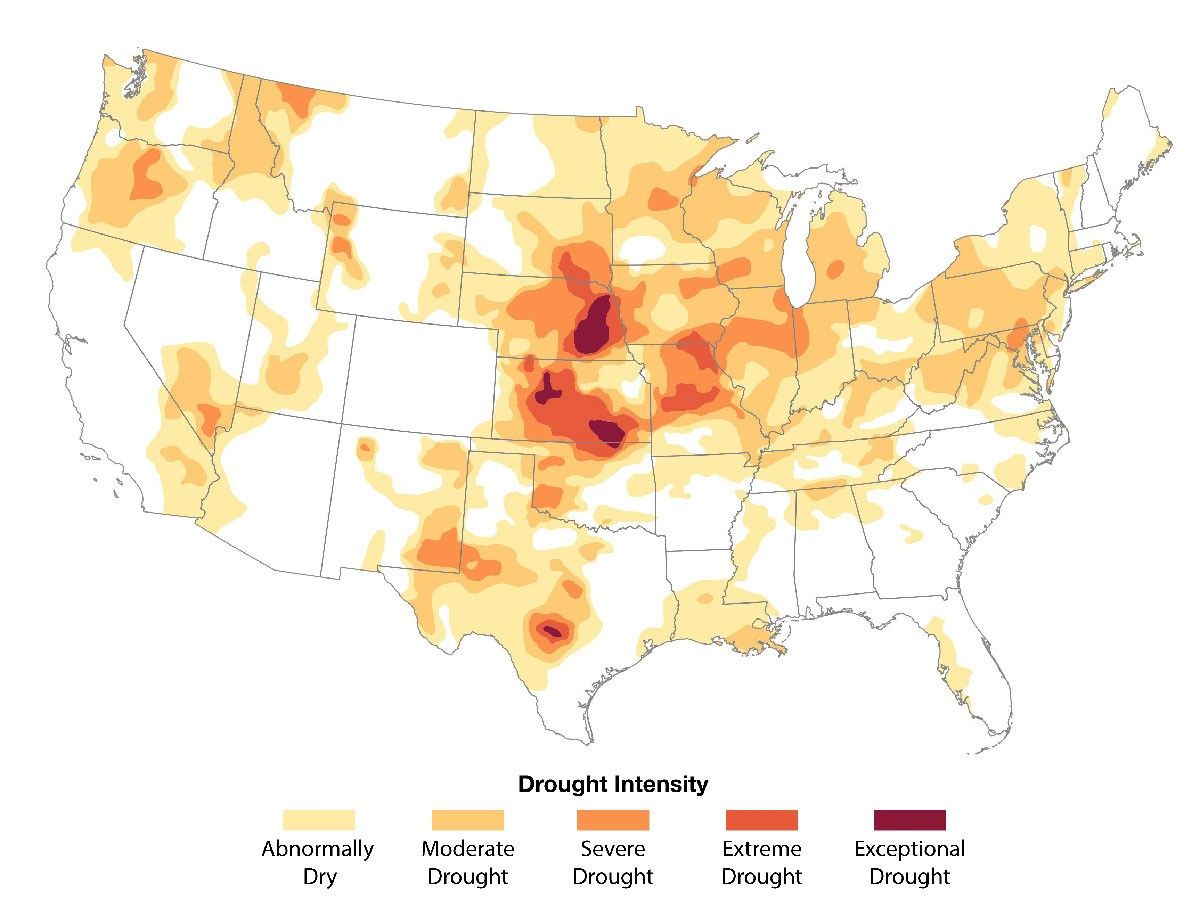
Despite dampening your outdoor fun, rain is vitally important. People need water to drink and farmers need it to grow the crops that feed us. In places where a drought is happening, people are often asked to limit the amount of water they use. For farmers, they then need to figure out how to grow their crops with less water. This becomes a bigger and bigger challenge if a drought grows more severe.
Are Droughts Getting Worse?
As Earth’s temperature rises, it affects the water cycle. Higher temperatures mean the air can hold more moisture. It also means more evaporation happens. Evaporation is when a liquid changes to a gas. In this case, that means water from the ground changes into water vapor, or moisture in the air.
Sometimes these changes can lead to heavier rainfall in a region. But other times the air can hold on to the extra moisture it gets from the ground and then carry it somewhere else. That can mean less moisture is left in the soil. If this keeps happening, it can lead to a drought.
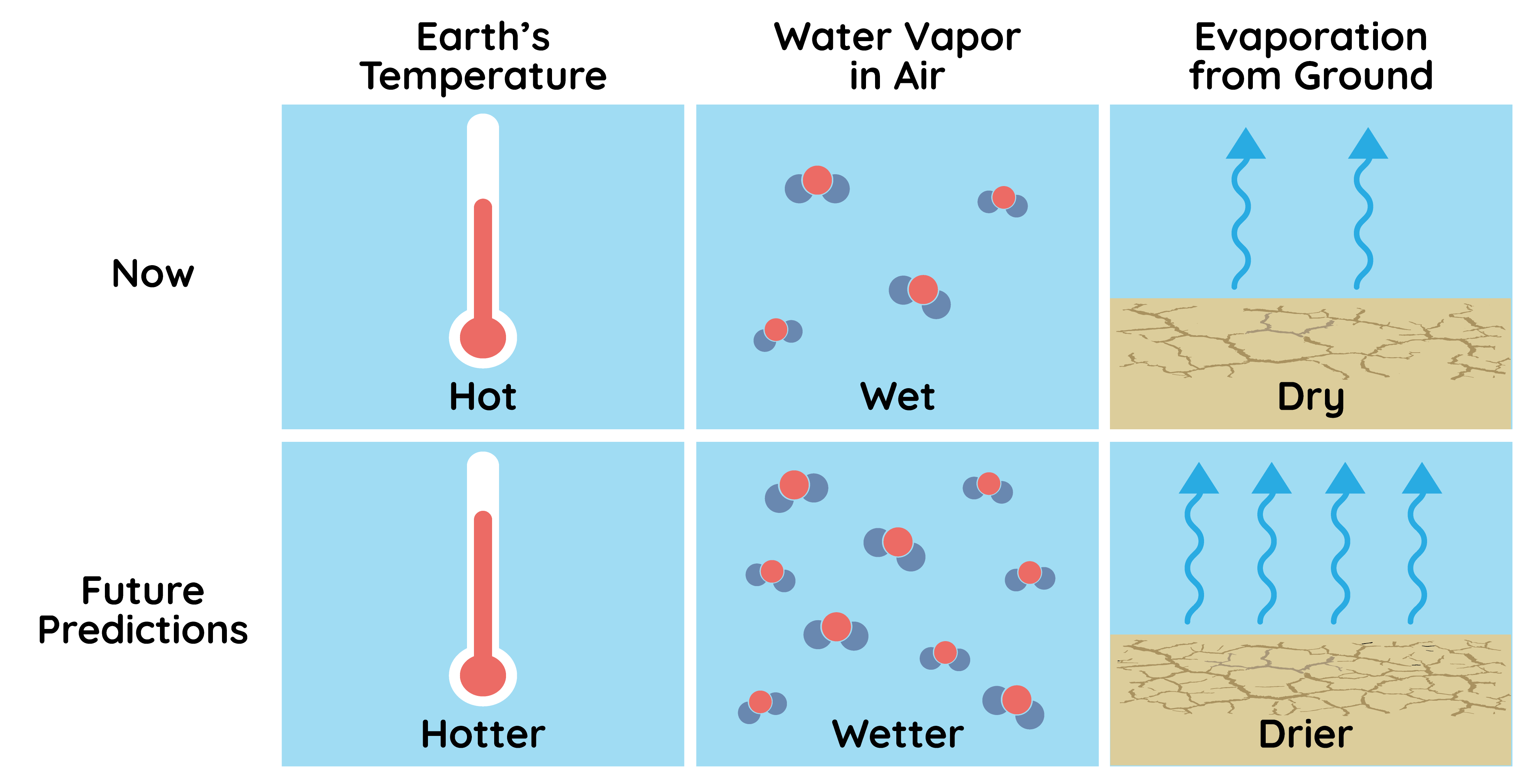
During droughts, many cities recommend people conserve water where they can. Farmers also make changes. They can change the time of day when they water crops, or time of year when they plant them. In extreme cases, they can even switch over to other crops that grow better with less water.
NASA is Here to Help
One of the most important things to know for managing droughts is the amount of moisture in the soil. Lucky for us, NASA is on the job!
In 2015, NASA launched a satellite called Soil Moisture Active Passive (SMAP for short) into orbit. SMAP has special kinds of sensors (or instruments) that measure soil moisture across the entire globe every three days.
The satellite data has helped with monitoring droughts and floods. Plus, it has improved predictions of how well crops will grow.
In 2018, the Gravity Recovery and Climate Experiment Follow On (GRACE-FO) began measuring tiny changes in Earth’s gravity. Since 2002, scientists have used this information to find out how water on Earth is changing. This includes changes to water underground. That information helps them monitor droughts.
Droughts are challenging for everyone. But we can make changes in how we use water to help conserve it. Plus, new technologies are being developed to help us use less water whenever possible. NASA’s satellites help give us a global view of what is happening so we can make better decisions, and that’s pretty cool.









